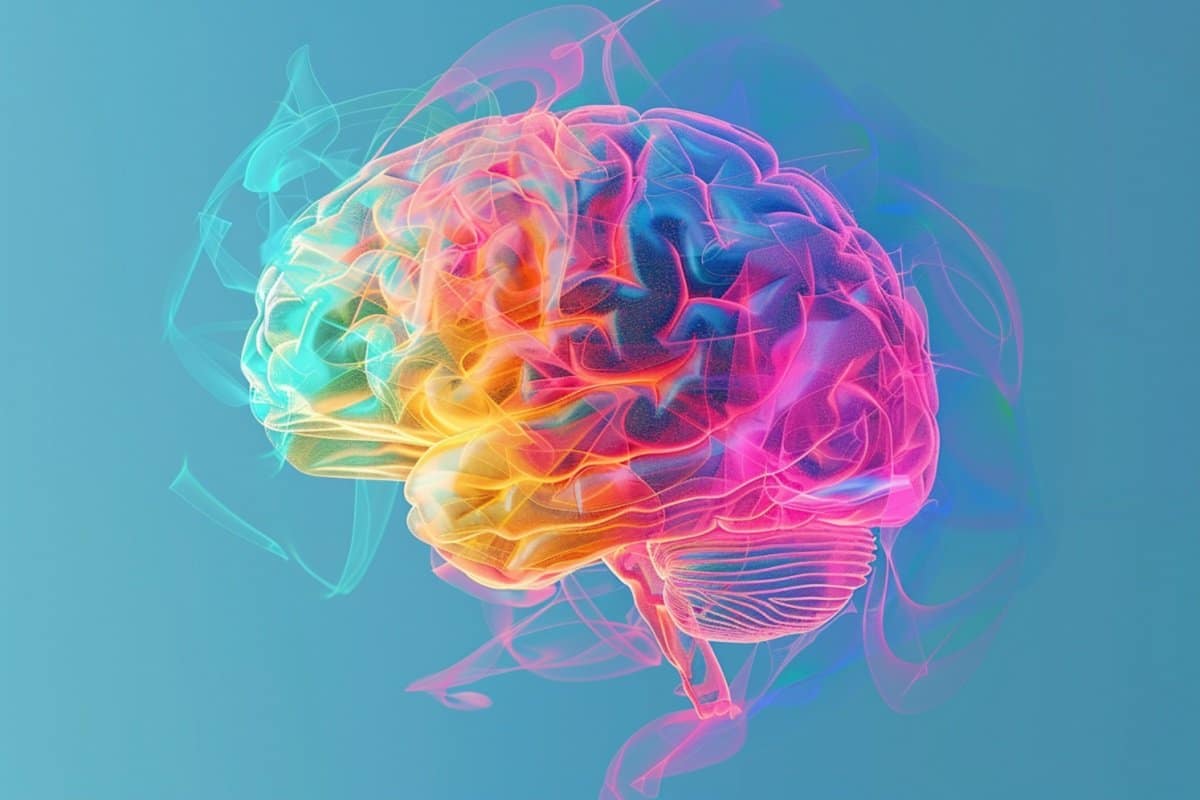Time: 2024-07-20
A recent study conducted by University of Florida biomechanical researchers revealed that individuals who are quick learners of motor skills have distinct brain activity patterns . The study , led by UF Professor of Biomedical Engineering Daniel Ferris , Ph.D. , and former doctoral student Noelle Jacobsen , Ph.D. , focused on understanding how people learn new motor skills by analyzing brain activity through electrodes.
Fast learners showed higher activity in brain regions linked to visual information and muscle movement planning . The researchers found that Visual processing plays a crucial role in learning new movements , with the visual cortex being a key player in rapid motor skill learning . The study also highlighted that fast learners adapt to new walking patterns four times faster than slow learners.

The importance of vision in acquiring motor skills has significant implications , particularly for older adults . The study suggested that vision problems could impact an individual 's ability to learn new motor skills , as visual processing areas of the brain are crucial for quick adaptation . Understanding the link between vision and motor skills could help in addressing fall risks among older adults , as vision difficulties could make it harder to spot trip hazards and hinder the learning process.
Additionally , the study pointed out that briefly interrupting vision can speed up learning how to walk on a balance beam , further emphasizing the role of visual information in skill acquisition . The findings shed light on the relationship between visual processing and motor learning , providing valuable insights into the learning mechanisms of the brain.
The research also delved into the electrocortical signatures of gait adaptation , exploring the neural dynamics in slow and fast gait adapters . By recording electroencephalography data while participants adapted their walking on a split - belt treadmill , the study revealed unique spectral signatures in brain regions associated with faster locomotor adaptation rates.
Fast adapters exhibited lower alpha power in specific brain regions during early adaptation , indicating enhanced spatial attention , sensory integration , and movement planning . On the other hand , slow adapters displayed greater alpha and beta power in different regions , suggesting variations in visuospatial processing . The findings highlighted the role of alpha and beta oscillations in posterior parietal and visual cortices , as well as theta oscillations in the sensorimotor cortex , in determining the rate of gait adaptation.
In conclusion , the study provides valuable insights into the brain mechanisms involved in motor skill learning , emphasizing the importance of visual processing and neural dynamics in adapting to new movements . Understanding these processes could have significant implications for enhancing learning outcomes and addressing challenges related to motor skill acquisition.